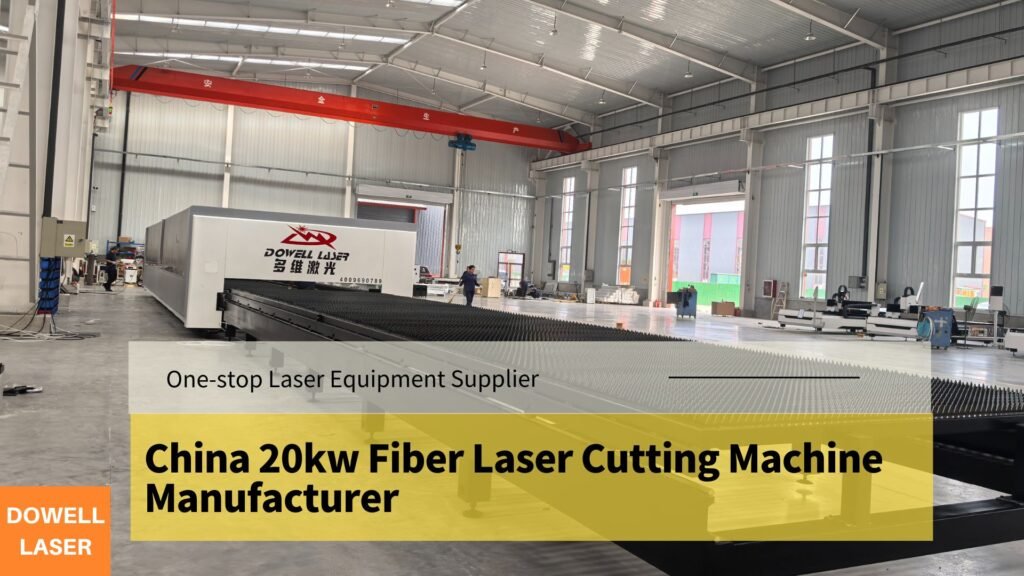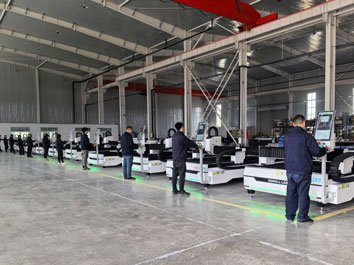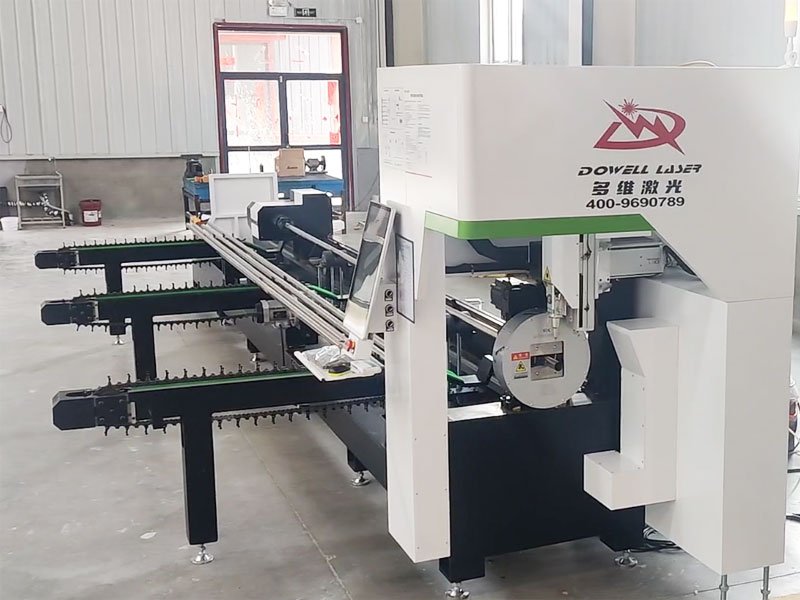A 20kW fiber laser cutting machine is a powerful tool used for precision cutting of various materials, including thick carbon steel. When cutting 25mm (approximately 1 inch) carbon steel, several factors need to be considered to achieve optimal results.
Factors for Cutting 25mm Carbon Steel with a 20kW Fiber Laser
- Power and Speed Settings:
- Power: A 20kW laser provides ample power to cut through 25mm carbon steel efficiently.
- Cutting Speed: Typically, the cutting speed for such thickness ranges from 0.5 to 1 meter per minute, depending on the specific machine and steel properties.
- Assist Gas:
- Type: Oxygen (O2) is commonly used as the assist gas for cutting carbon steel. It helps in achieving a clean cut and aids in the cutting process by promoting oxidation.
- Pressure: The pressure of the assist gas is crucial and usually set between 6 to 12 bar (90 to 175 psi), depending on the machine and the desired cut quality.
- Focusing Lens and Beam Quality:
- Focal Length: A lens with a suitable focal length, often around 200-250mm, is used to ensure the laser beam is correctly focused on the material.
- Beam Quality: High beam quality ensures a concentrated and consistent energy delivery, which is essential for cutting thick materials.
- Nozzle Design:
- Nozzle Type: Using the appropriate nozzle type (single or double) and size is crucial for directing the assist gas and maintaining cut quality.
- Nozzle Distance: The distance between the nozzle and the material should be optimized, typically around 1-2mm, to ensure effective gas flow and cut quality.
- Material Preparation:
- Surface Condition: The carbon steel surface should be clean and free from rust, oil, and other contaminants to ensure a smooth cutting process.
- Flatness: The material should be flat and stable to prevent variations in focus and cut quality.
- Machine Parameters and Settings:
- Piercing Technique: Effective piercing is essential for starting the cut, especially with thick materials. Controlled piercing with gradual power ramp-up helps prevent excessive heat buildup and material warping.
- Cut Path and Strategy: The cutting path should be optimized to minimize heat accumulation in one area, which can lead to distortion.
- Cooling and Post-Processing:
- Cooling: Adequate cooling mechanisms should be in place to manage the heat generated during the cutting process.
- Deburring: After cutting, edges might need deburring to remove any slag or rough edges, ensuring a clean and precise final product.

Benefits of Using a 20kW Fiber Laser
- High Efficiency: Fiber lasers offer high electrical efficiency and require less maintenance compared to CO2 lasers.
- Precision and Quality: Capable of producing precise cuts with smooth edges, reducing the need for extensive post-processing.
- Speed: Higher power allows for faster cutting speeds, increasing productivity.
- Versatility: Suitable for cutting a wide range of materials and thicknesses.
Safety Considerations
- Protective Equipment: Operators should wear appropriate protective equipment, including laser safety glasses and gloves.
- Ventilation: Proper ventilation or exhaust systems should be in place to remove fumes and particulate matter generated during the cutting process.
- Machine Maintenance: Regular maintenance of the laser cutting machine is essential to ensure consistent performance and safety.
By carefully managing these factors, a 20kw fiber laser cutting machine can efficiently cut 25mm carbon steel with high precision and quality.




